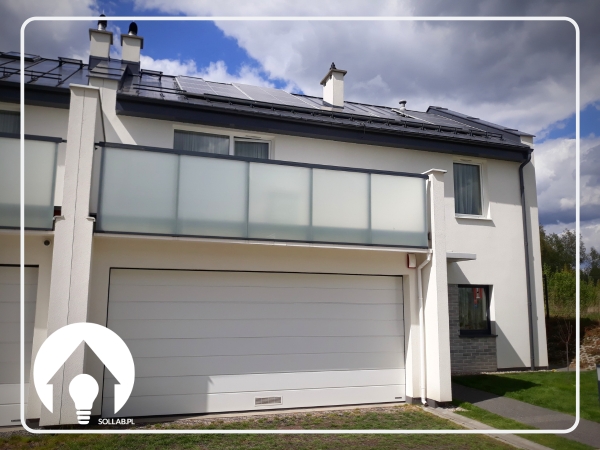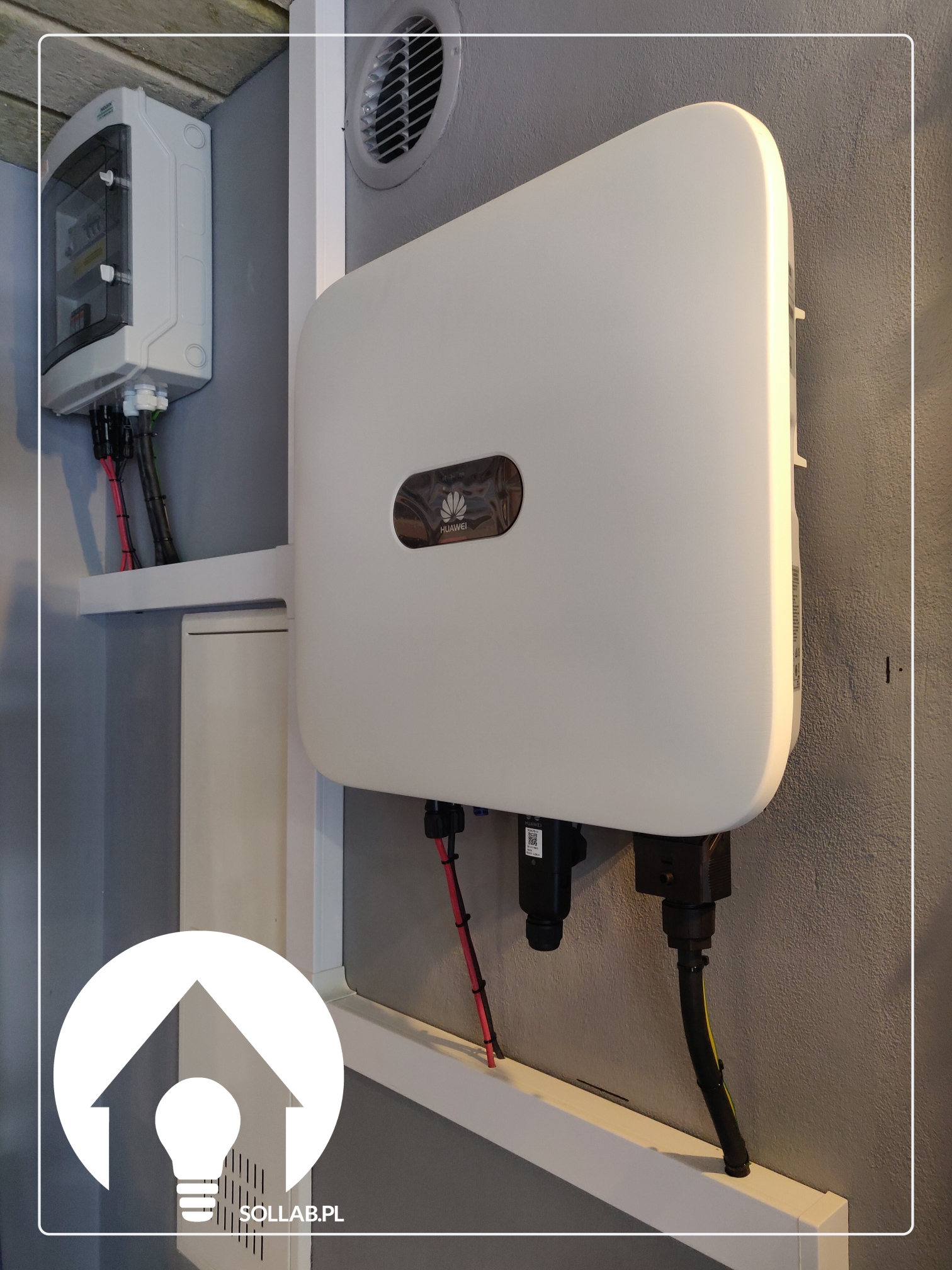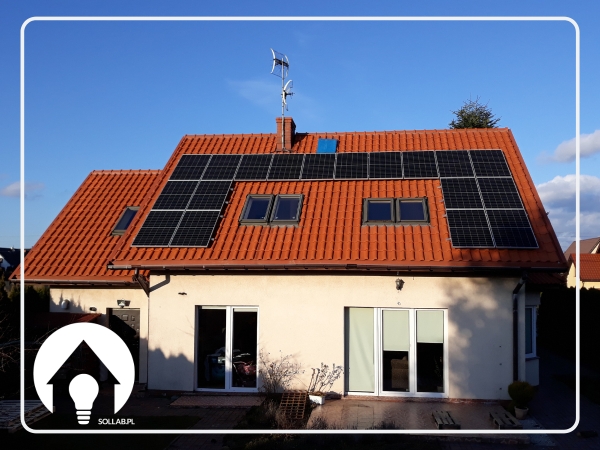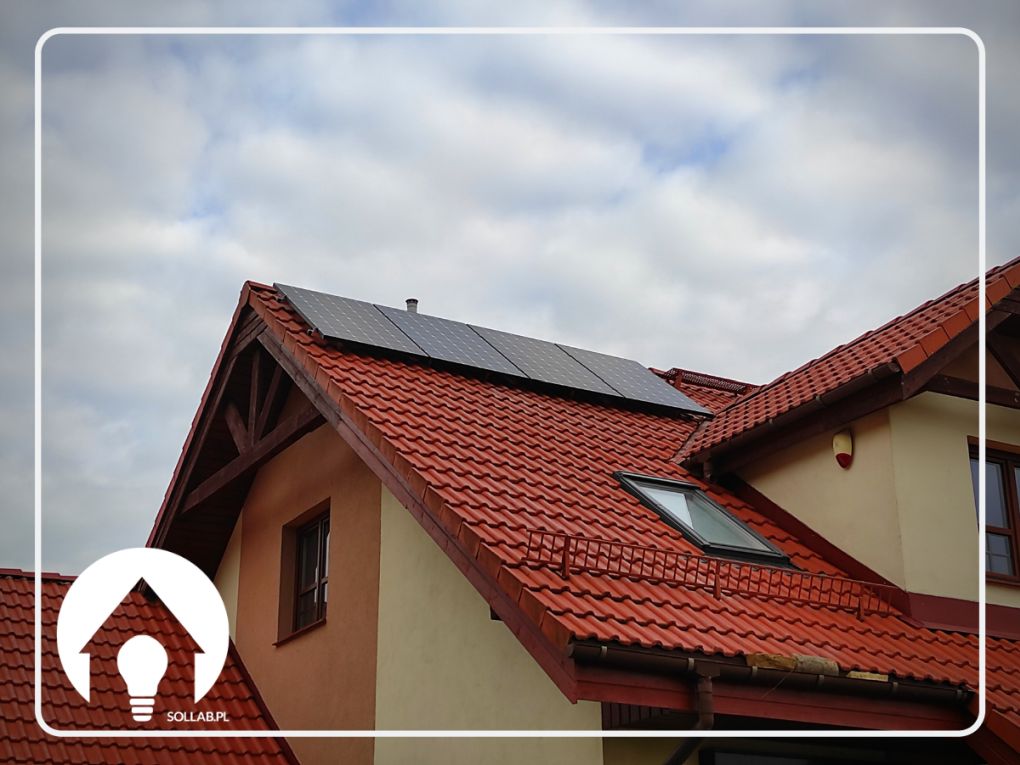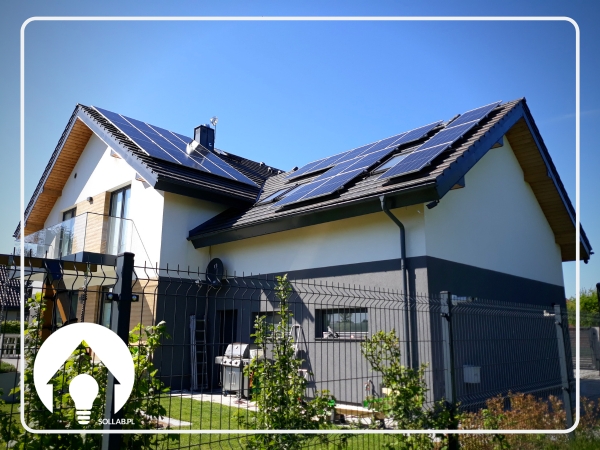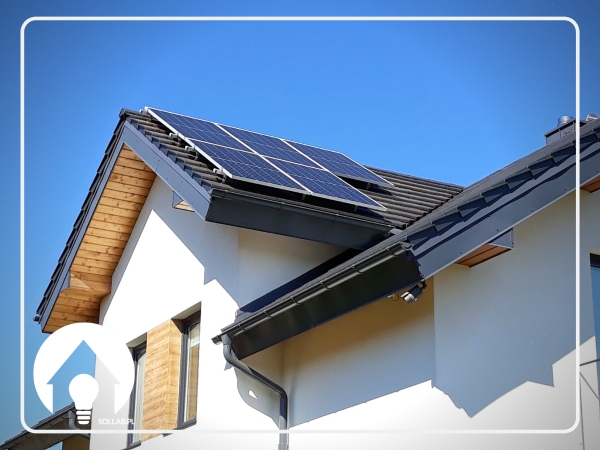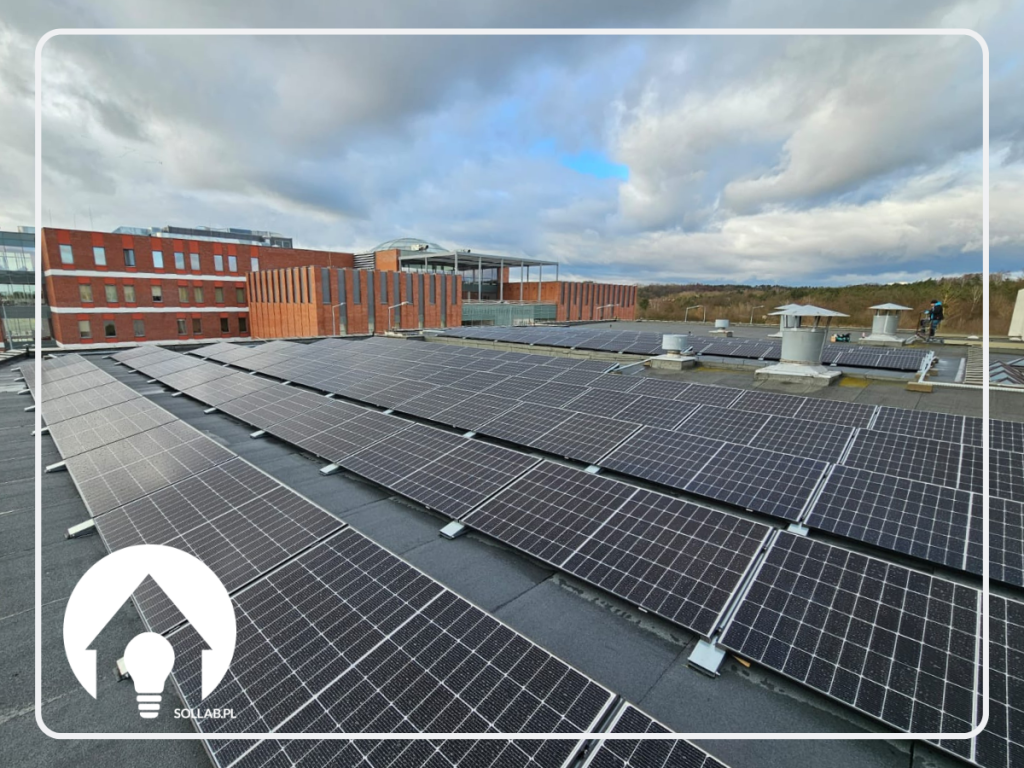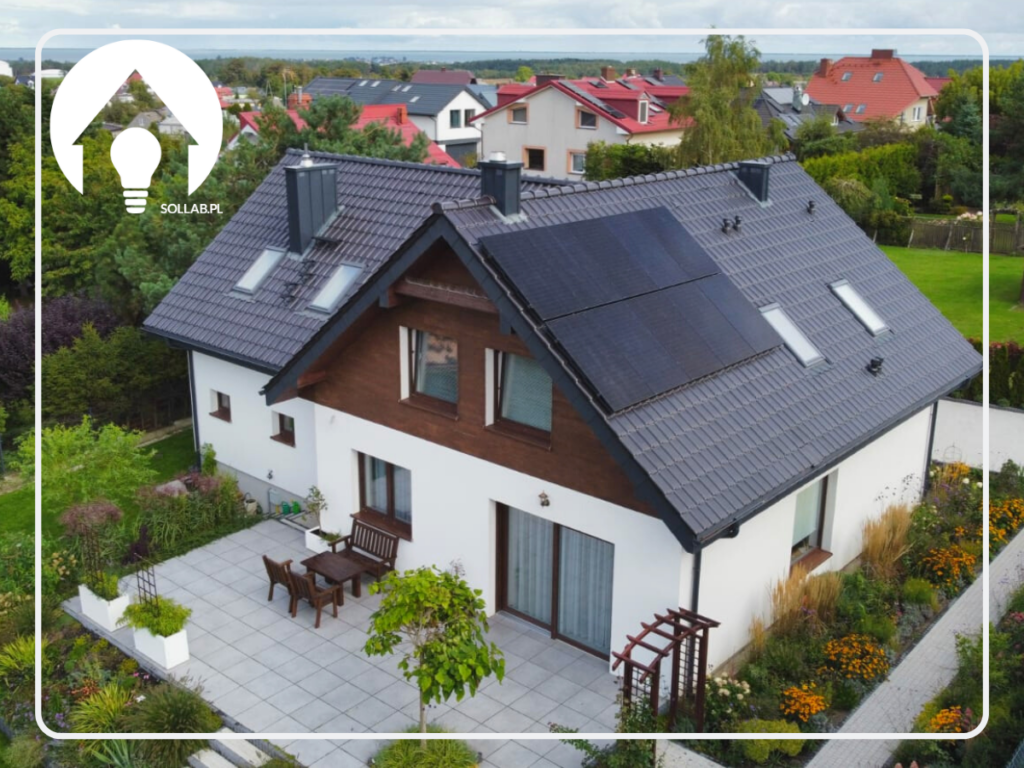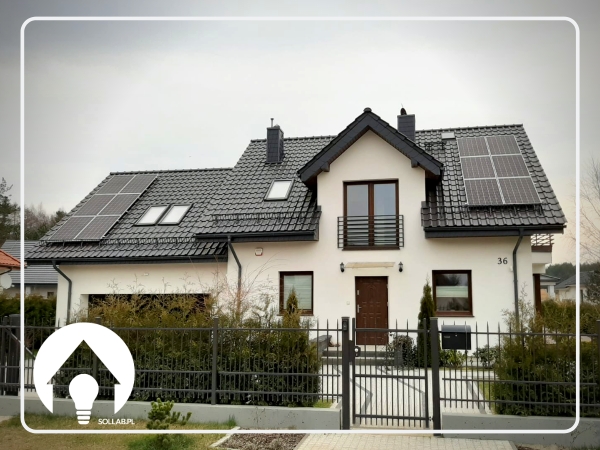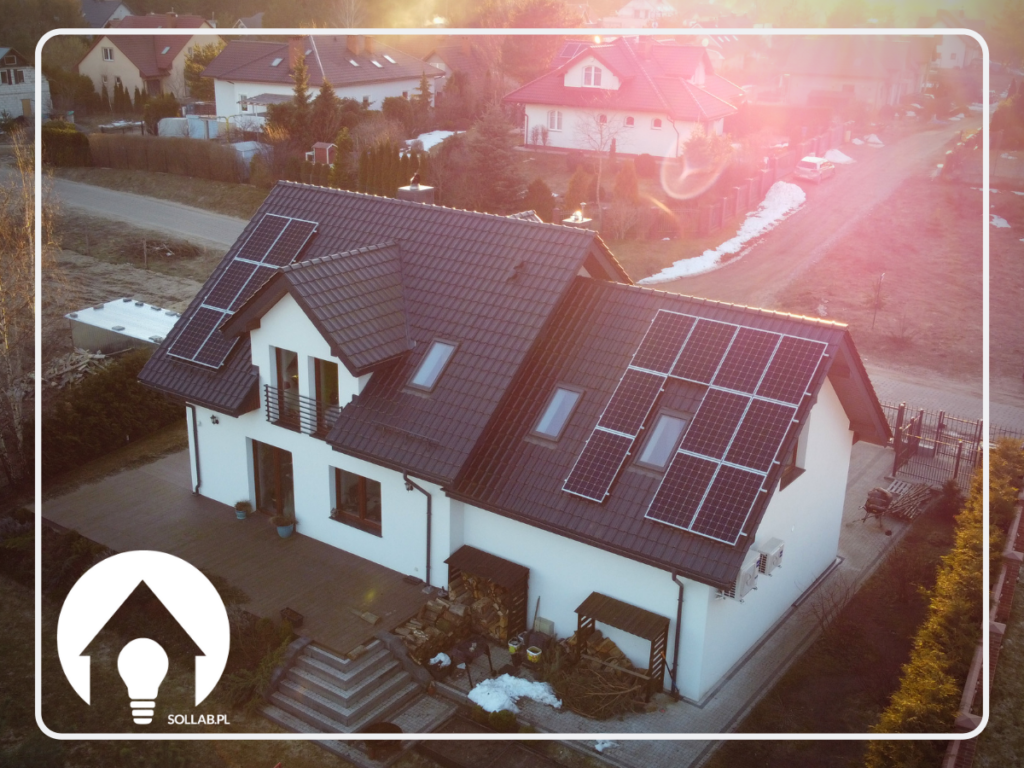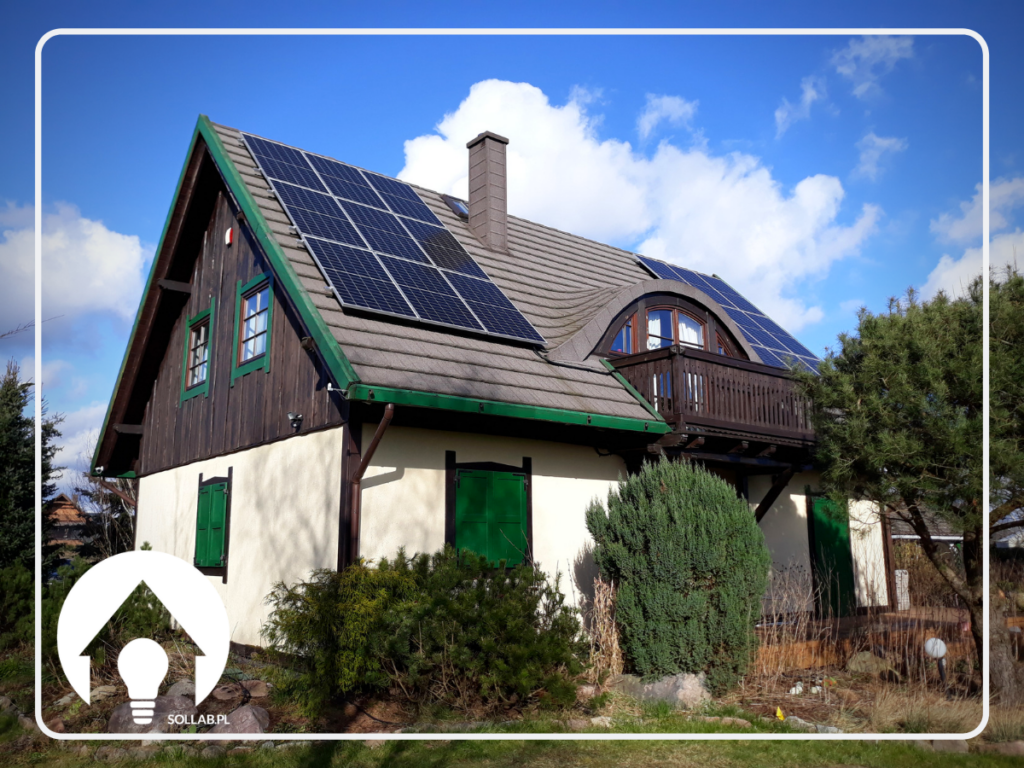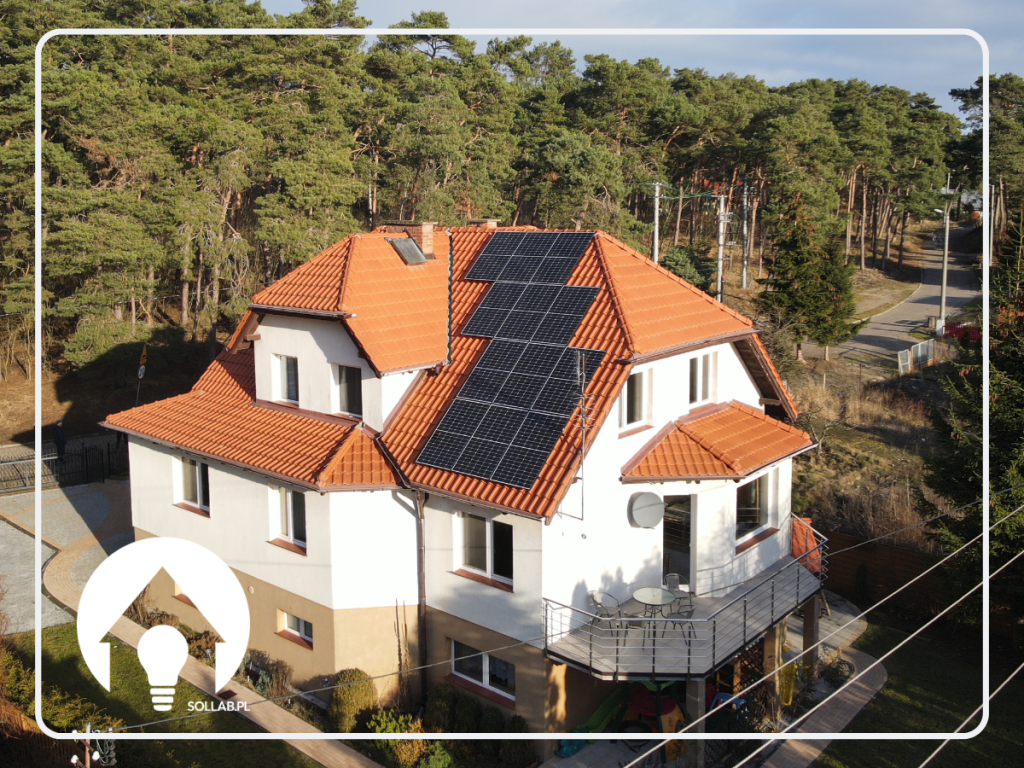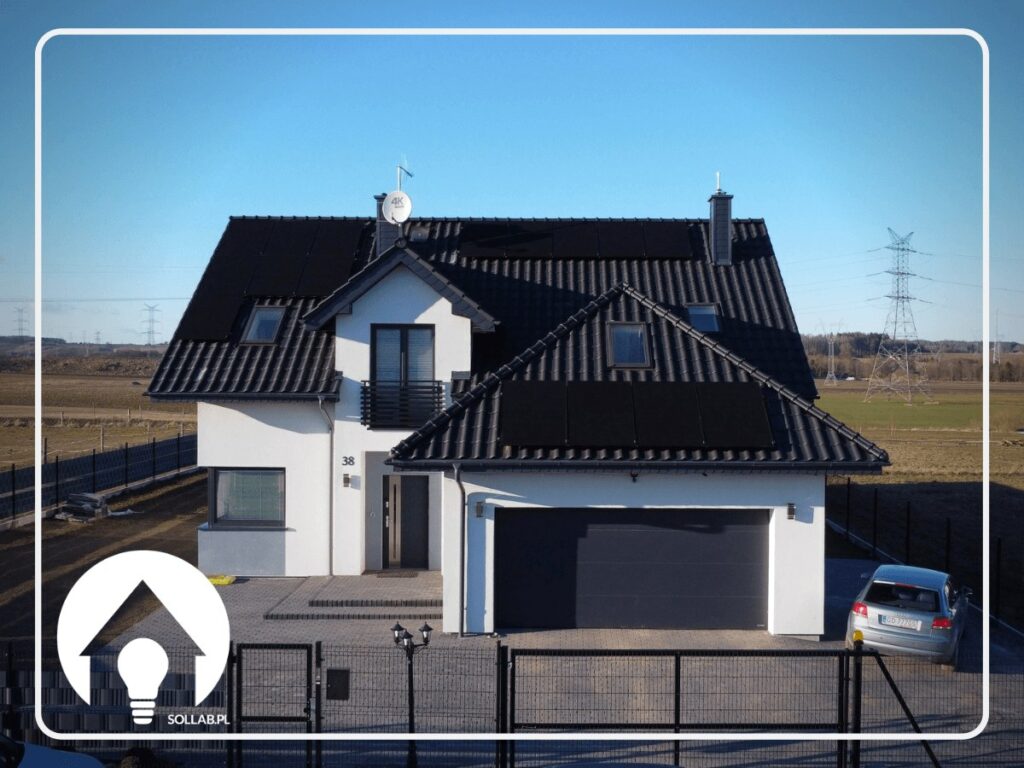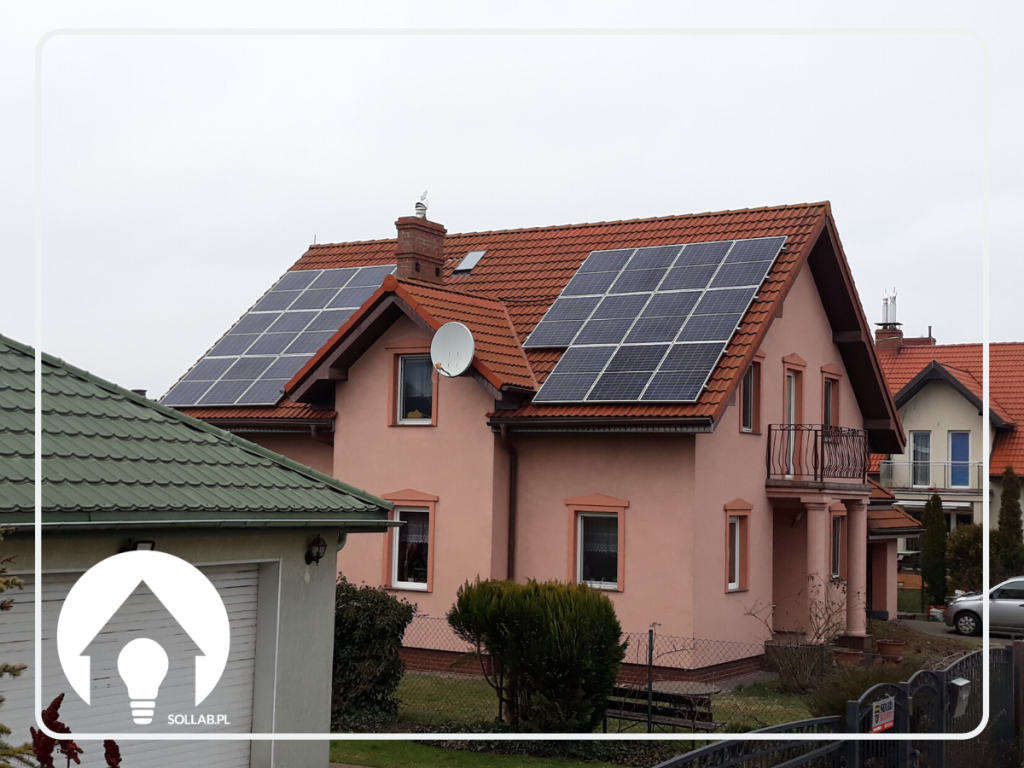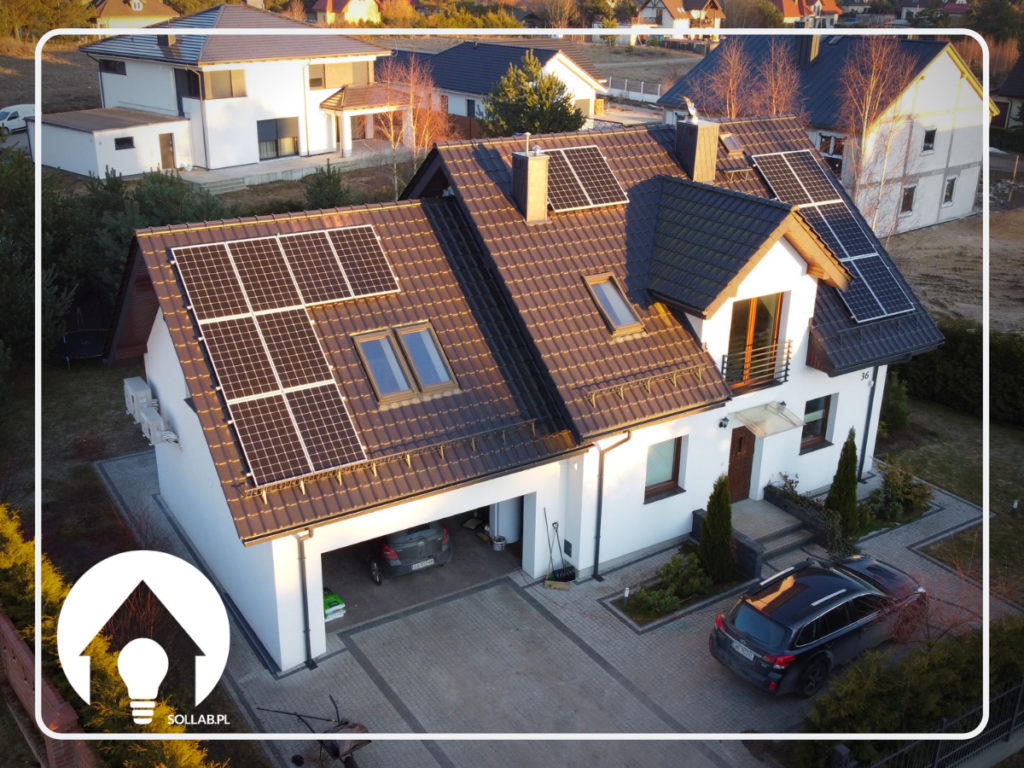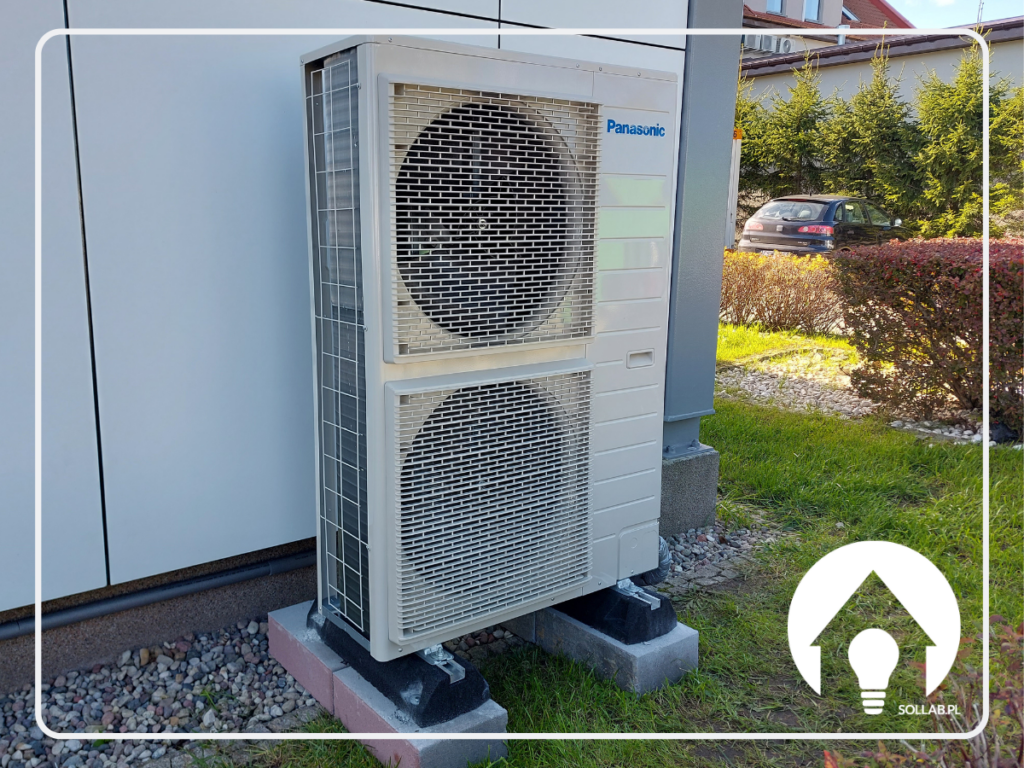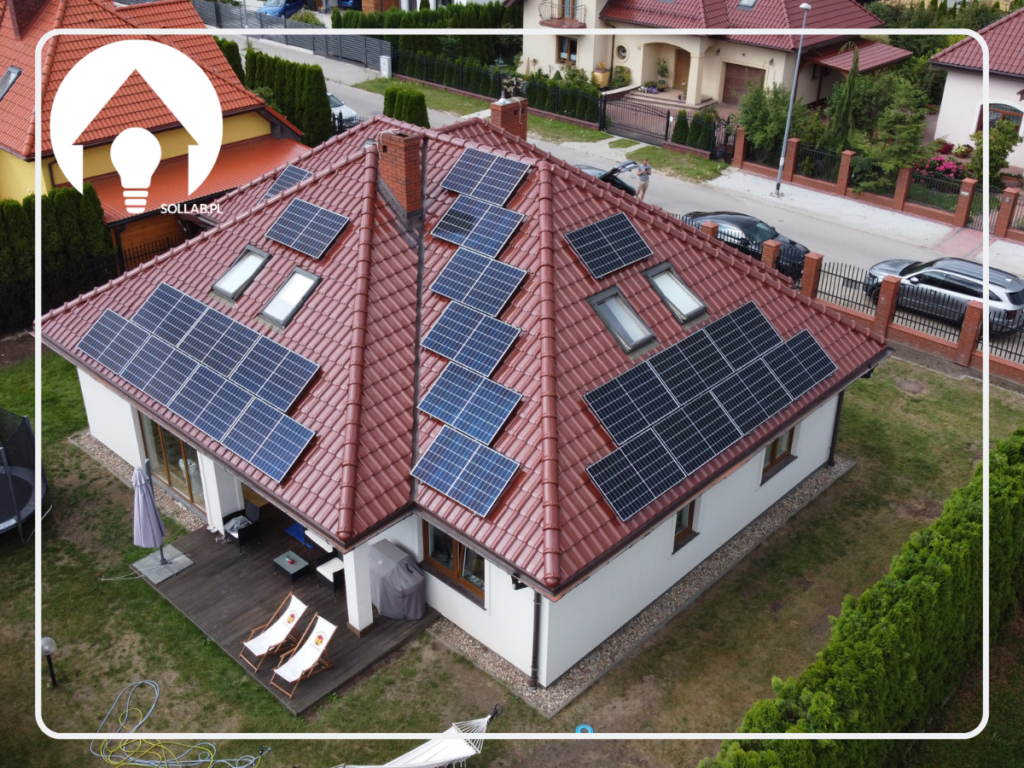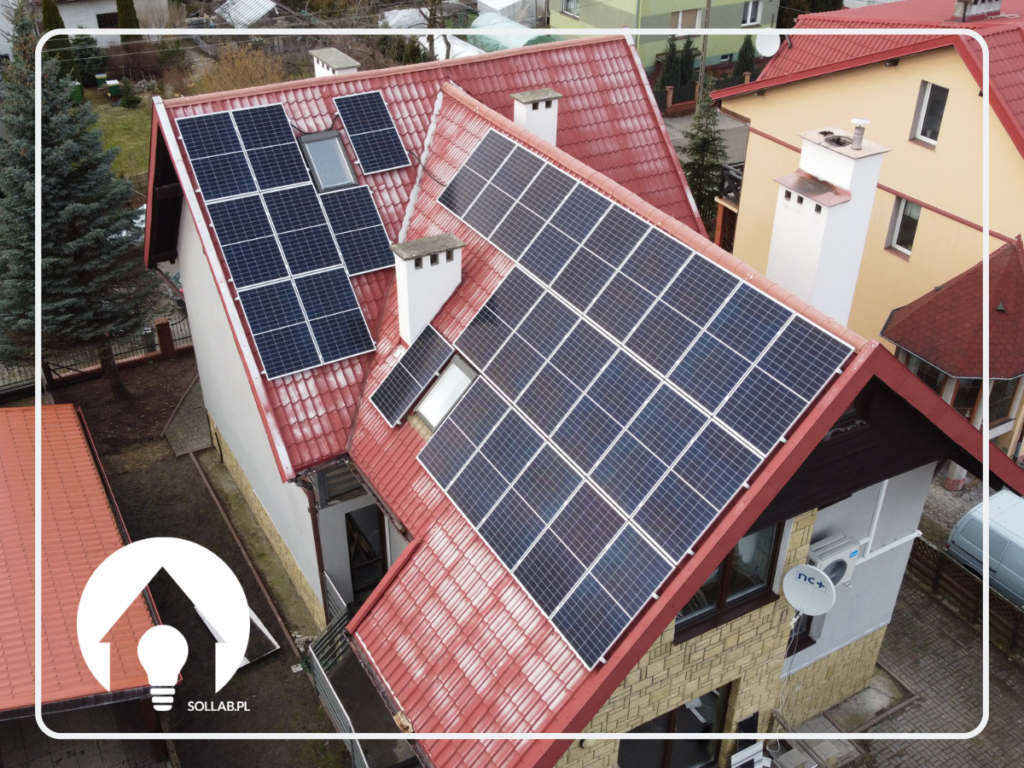The large number of single-family houses in Banin, favours the installation of photovoltaic installations. The constantly rising price of electricity is not the only factor motivating Banin residents to invest in photovoltaic panels. Apart from the economic aspect, the issue of caring for our planet is also important. Photovoltaics in Banin means savings, independence and care for the environment!
Photovoltaic panels Banino - time for ecological solutions for your home
In recent years, photovoltaic installations have become increasingly popular. This is for good reason. Photovoltaic systems make it possible to save a lot of money, as well as joining the ranks of those who act with concern for our climate. What's more, using a photovoltaic installation in your own home gives you the opportunity to become independent of external electricity suppliers.
Photovoltaics have gained a lot of publicity. In your neighbourhood you can see an increasing number of houses with photovoltaic panels on the roof, and you can also find a large number of photovoltaic panels on the ground. Many people are probably wondering why photovoltaics have become so successful. So it is important to start with how it works.
What are photovoltaic panels and how do they work? Banino
Photovoltaics is basically the use of the sun's rays to generate electricity. We can use the energy gained not only to power any appliances we have in our own home, but also to heat water or to heat the building we inhabit.
The main component we need to generate electricity are photovoltaic modules, usually commonly referred to as photovoltaic panels. These are usually mounted on the roof of the house. In most cases, there is no need to reinforce the structural elements of the roof - this is only the case when dealing with older buildings.
In photovoltaic modules, the photovoltaic phenomenon takes place, which involves converting energy from the sun into electrical energy. The electrical charge is distributed across the cells, which are created from semiconductor material. One of the most commonly used materials for cells is silicon.
Types of photovoltaic panels
Solar modules can be divided into two groups: monocrystalline modules and also polycrystalline modules. Monocrystalline modules are distinguished by their high class and also by their performance among all modules. These modules are created from a single silicon crystal. Thanks to their relatively low production costs, monocrystalline modules are among the most popular at the present time. In contrast, the manufacturing process for polycrystalline modules is somewhat less complicated. They are formed from pure silicon semiconductors. The estimated efficiency of polycrystalline panels, as opposed to monocrystalline, is 3% less.
Is a photovoltaic installation environmentally friendly? Banino
Certainly! A photovoltaic installation does not require any supplementary energy sources and, moreover, has no negative impact on the environment. The main reason why people choose to install photovoltaic panels is that it is completely ecological and does not involve environmental degradation.
Is there really anything to fear? What are photovoltaic investors in Banin afraid of?
There are quite a few rumours among potential stakeholders in photovoltaic installations, which nestety often pass from mouth to mouth. What are these myths?
Myth 1: There is not enough sunshine in Poland for the use of photovoltaic panels
This is one of the main myths that is completely unconfirmed in practice. As long-standing specialists in the installation of panels in Banin, we can deny it with absolute certainty. We often hear favourable feedback from our customers who, after a few seasons, gain 100 per cent independence from electricity suppliers.
In addition, Poland has very similar insolation to Germany, which is the leading country for photovoltaic installations in Europe.
Myth 2: Investing in photovoltaics does not pay off
This is not true. There are many subsidies and rebates for the installation of a photovoltaic system, which makes the investment pay off even faster. In addition, it should be taken into account that, year after year, electricity prices are rising and the payback time for the investment is decreasing.
Myth 3: Photovoltaic panels won't heat your home on a cloudy day
It is a fact that the best weather for a solar installation is a sunny day. However, on a cloudy day, photovoltaic panels will also work. Less sunshine affects the efficiency of the installation, but it does not make the panels inoperable.
See realisations in other cities:
